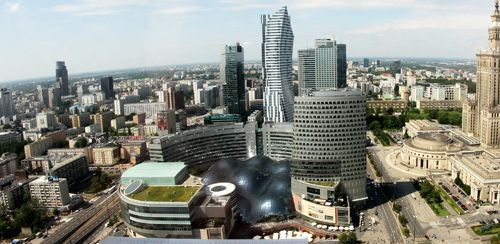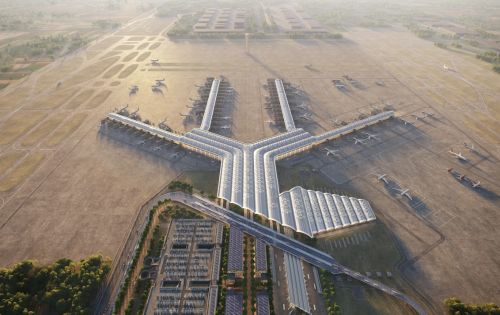If we were to compare the Polish real estate market to a car (unfortunately we cannot compare it to a Polish make), it would probably be a Korean model. In the same way that Asian manufacturers eventually started to compete in terms of the quality and the furnishing of the cars they produced, the Polish real estate market became attractive thanks to its balanced development and the quality of the products offered. Perhaps it is too early to say that we are one of the best brands, but we have already established our position in the ‘value for money’ segment.
From outdoor bazaars to towers of glass
In terms of scale, our country’s real estate scene is dominated by modern retail, which exceeded 10 mln sqm this year. Most of this volume was delivered in the last dozen or so years, since the segment entered the 21st century with only 1 mln sqm of such space completed. The dynamic development of this market since then has established Poland’s position as having one































































